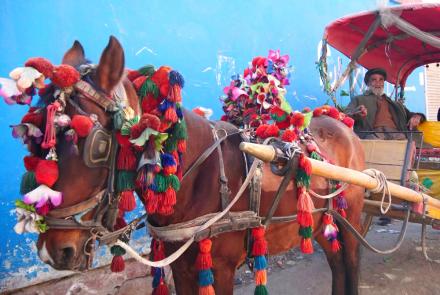Some Kabul residents ate using horse-drawn vehicles due to the high expense of car fare.
"Due to challenges, people are forced to take horse-drawn cars in the Koti Sangi region of Kabul,” said Farooq, a resident of Kabul.
"People cannot afford to take the buses and vehicles to reach to a place by spending 20 to 30 Afghanis,” said Asadullah, another resident of Kabul.
Meanwhile, some coachmen who have been driving horse-drawn vehicles in Kabul for years complain about the rising cost of barley and grass.
Azizullah, 64, said that he started driving a horse-drawn vehicle when there weren't many cars in Afghanistan. He added that he has been doing this for four decades and uses it to provide bread for his family.
“In Afghanistan at that time, there were no cars, cabs, or services,” Azizullah said.
Currently, 14 horse-drawn vehicles are used to carry people in Kabul's Qala Wahad area.
“There are now 14 horse-drawn vehicles. Horse-drawn vehicles were widely used in the past. There were 70 or 80. Now it has decreased,” said Rahmatullah, another coachman.
The drivers of the horse-drawn vehicles said they provide inexpensive passenger transportation.
"The fare is 10 Afghanis. Horse-drawn vehicles are still used now as they were in the past. However, in the heat, people use horse-drawn vehicles a little more often. People prefer using horse-drawn vehicles to travel,” said Ghawsuddin, a coachman.
In Afghanistan, horse-drawn vehicles have been used for travel since the very beginning, and they are still in use today in Kabul and many other provinces, particularly Herat and Balkh.


Comment this post